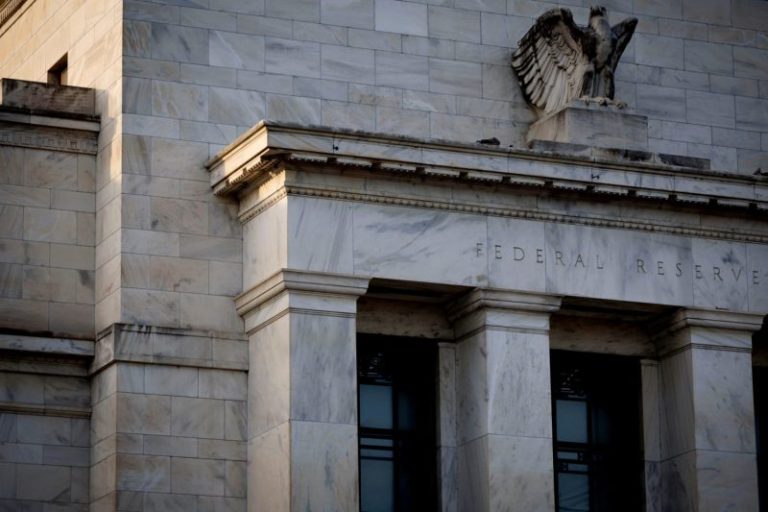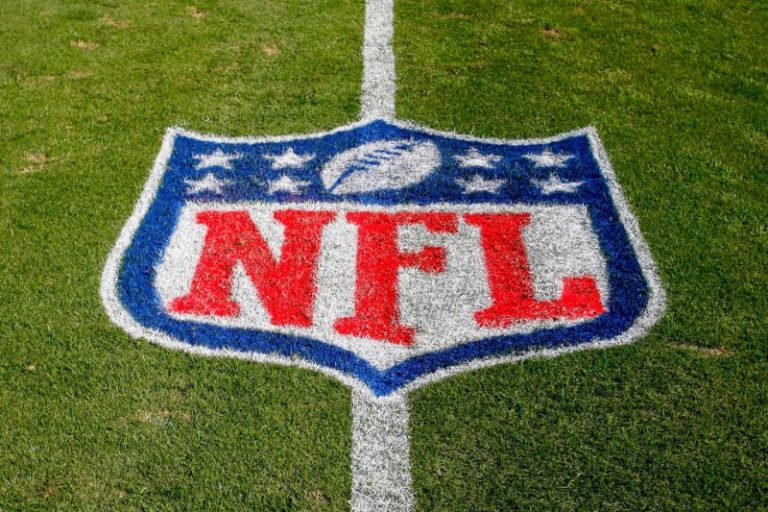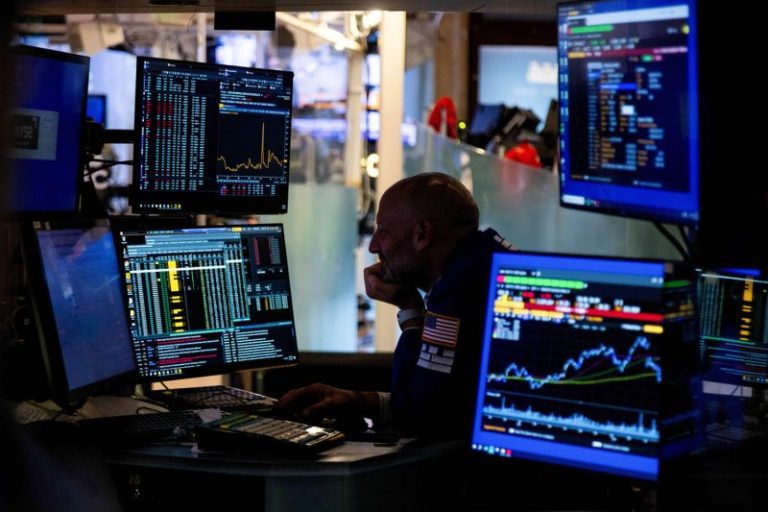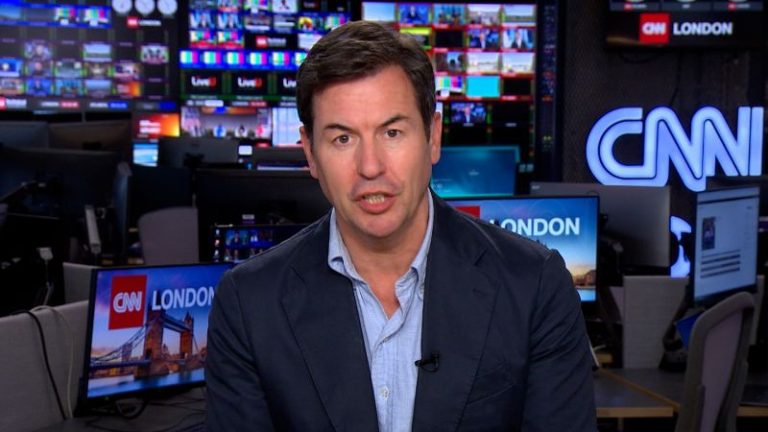American journalist Evan Gershkovich and former US Marine Paul Whelan were among the 24 detainees released as part of a complex prisoner swap between Russia, the US and other Western nations.
A host of Russian dissidents were also freed while in return Moscow got a former FSB colonel convicted of murder as well as several individuals accused of spying or cybercrime.
Here is what we know about who was freed.
Vadim Krasikov, 58
Krasikov, a former high-ranking FSB colonel serving a life sentence in a German prison, was on the top of Moscow’s list of Russian prisoners it wanted to exchange.
Krasikov was convicted of the 2019 murder of the former Chechen fighter Zelimkhan “Tornike” Khangoshvili in Berlin’s Kleiner Tiergarten.
The German court that convicted Krasikov in 2021 said he acted on behalf of the Russian state, shooting Khangoshvili “execution style” in broad daylight. Khangoshvili fought against Russian forces during the Chechen wars and later relocated to Georgia, where he survived several assassination attempts. Wanted in Russia on terror charges, he was a particular thorn in the side of Ramzan Kadyrov, the Chechen leader and close ally of Putin.
The Kremlin has made no secret of its desire to get Krasikov back to Russia, asking for him to be released in 2022 alongside Viktor Bout, a Russian arms dealer who was serving a 25-year sentence in the US, in exchange for Whelan and the WNBA star Brittney Griner.
When the US couldn’t get Krasikov released, Moscow refused to let Whelan go, even though the Biden administration offered several other people instead.
Vadim Konoshchenok, 48
Konoshchenok included in a 2022 court document.” class=”image_large__dam-img image_large__dam-img–loading” onload=”this.classList.remove(‘image_large__dam-img–loading’)” onerror=”imageLoadError(this)” height=”2176″ width=”2500″ loading=”lazy”>
Extradited to the US from Estonia earlier this month, Konoshchenok was facing charges of conspiracy over his role in a global procurement and money laundering network on behalf of the Russian government, according to the US Attorney’s Office for the Eastern District of New York.
The US Attorney’s Office said in a statement that Konoshchenok is a Russian citizen with alleged ties to the FSB, the Russian intelligence agency. He is accused of being part of a scheme to provide sensitive, American-made electronics and ammunition to Russia, violating US export controls, economic sanctions and other criminal statutes.
Vladislav Klyushin, 43
A Russian businessman, Klyushin was sentenced in Boston last year to nine years in prison for his role in what the US authorities called “an elaborate hack-to-trade scheme that netted approximately $93 million through securities trades based on confidential corporate information stolen from US computer networks.”
Klyushin was arrested in Sion, Switzerland, in March 2021 and extradited to the United States in December 2021. On top of his prison sentence, he was also ordered to forfeit more than $34 million and pay restitutions.
Roman Seleznev, 40
Roman Seleznev is a convicted hacker and credit card fraudster who was serving a 27-year sentence in the US. Russian officials had previously asked for Seleznev – known as Track2, Bulba and Ncux 3 – to be part of the Griner and Bout exchange in 2022. The US agreed to that, but the deal fell apart when it was unable to offer Krasikov as well.
Seleznev was arrested in the Maldives in 2014. He was extradited to the US and sentenced in April 2017 for hacking into point-of-sale computers to steal and sell credit card numbers to the criminal underworld.
In November that year, he was sentenced to 14 years in prison for his role in a $50 million cyberfraud ring and for defrauding banks of $9 million through a hacking scheme. The two sentences were running concurrently.
Artem Dultsev (age unknown)
Artem Dultsev is a Russian spy who was living undercover in Slovenia, posing as an IT businessman named Ludvig Gish.
He pleaded guilty to espionage at a court in Ljubljana on Wednesday and was sentenced to more than a year and half in prison, which the court said was equivalent to time spent. According to a statement from the court, he was set to be deported to Russia and was banned from entering Slovenia for five years.
Anna Dultseva (age unknown)
Anna Dultseva, pleaded guilty to espionage alongside Dultsev on Wednesday. Also a Russian spy, she posed as an art dealer and gallery owner and is thought to be married to Dultsev. She went by the name Maria Rosa Mayer Munos. Like Dultsev, she was sentenced to time served and deportation.
Mikhail Mikushin (age unknown)
Mikushin is a Russian spy arrested in Norway in 2022. He was working at the University of Tromsø in the Arctic Circle, pretending to be a Brazilian researcher.
Pavel Rubtsov (age unknown)
A Russian spy who was living in Poland under the false pretence of being a Spanish journalist called Pablo Gonzales. He was arrested in February 2022, according to the Polish state news agency PAP.
American citizens and residents released
Evan Gershkovich, 32
The Wall Street Journal reporter was sentenced to 16 years in prison for espionage in July, the first American journalist to be arrested on spying charges in Russia since the Cold War.
The US government, Gershkovich’s newspaper and his supporters have denounced the trial as a sham.
Paul Whelan, 54
Former US Marine Whelan has spent almost six years in Russian prisons after his arrest in Moscow in December 2018.
He was sentenced in 2020 to 16 years in prison on espionage charges that he and the US government vehemently deny. He said he was in the country for a friend’s wedding.
Like Gershkovich, Whelan has been designated as wrongfully detained by the US State Department. He is also an Irish, British and Canadian citizen.
Alsu Kurmasheva, 47
The Russian-American journalist was sentenced to six-and-a-half years in prison after being convicted of spreading false information about the Russian army.
Kurmasheva was sentenced on the same day that a court in the Russian city of Yekaterinburg convicted Gershkovich.
Vladimir Kara-Murza, 42
A prominent Russian opposition politician and human rights defender, Kara-Murza was sentenced to 25 years in prison for treason after publicly condemning Moscow’s war in Ukraine.
He is a permanent resident of the US and a dual citizen of Russia and the United Kingdom.
He was moved a number of times in recent months and was transferred to a prison hospital earlier this month. His lawyers have been repeatedly denied access to him.
Rico Krieger, 30 or 31
The German citizen was sentenced to death in Belarus in June after being charged with terrorism and mercenary activities.
Little is known about Krieger. The group Human Rights Center “Viasna” said Krieger is a German Red Cross employee. The Belarusian authorities said he was a German citizen born in 1993.
According to his LinkedIn profile, he worked as an emergency medical technician for the German Red Cross and as an armed security officer for the US Embassy in Berlin.
Krieger was pardoned by the Belarusian leader Alexander Lukashenko on July 30, according to Lukashenko’s office.
Kevin Lik, 18
Kevin Lik, a dual citizen of Russia and Germany, was convicted of high treason in December 2023, according to the Russian state news agency TASS.
TASS said Lick was accused of photographing and filming military equipment and personnel at the Maikop garrison in Russia. According to the court, he intended to provide the information to German intelligence.
Demuri (Dieter) Voronin (age unknown)
Voronin was accused of helping Ivan Safronov, a former journalist and adviser to the head of Russian space agency Roscosmos accused of treason, according to Russian state news agency TASS.
According to the indictment, quoted by Russian state media, Demuri Voronin, a German citizen, facilitated Safronov’s cooperation with the German Federal Intelligence Service.
Safronov was sentenced to 22 years in prison and Voronin to 13 years and 3 months according to the Russian state news agency RIA.
Herman Moyzhes (age unknown)
A lawyer and cycling activist, Moyzhes was charged earlier this month with treason for helping Russian citizens obtain residence permits in Europe, according to TASS.
His arrest was criticised as politically motivated by the German Jewish community.
Patrick Schoebel (38 or 39)
Schoebel was detained at Pulkovo Airport in St. Petersburg in January for carrying a bag containing cannabis gummy bears, according to the press service of St. Petersburg courts.
Ilya Yashin, 41
Kremlin critic Ilya Yashin was sentenced to eight years and six months for spreading “false information” about the Russian army in December 2022.
Yashin, a close ally of the late Russian opposition leader Alexey Navalny, was convicted of spreading “false” statements about the circumstances of the killings of Ukrainian civilians by Russian troops in Bucha, a town north of Kyiv.
Russia criminalized criticism of the military following its full-scale invasion of Ukraine last year. The court said he would serve his sentence “in a strict regime correctional colony.”
Alexandra Skochilenko, 33
The Russian artist was sentenced to seven years in jail in 2023 after replacing price tags with anti-war messages in a St. Petersburg grocery store as an act of protest.
In her final statement in court before the verdict, Skochilenko questioned the perceived threat posed by her actions, stating, “How little faith does our prosecutor have in our state and society if he believes that our statehood and public safety can be destroyed by five small pieces of paper?”
Oleg Orlov, 71
The human rights defender and the former head of the Nobel Peace Prize-winning organization “Memorial” was sentenced to two and half years in prison for speaking up against Russia’s war of aggression against Ukraine.
Lilia Chanysheva, 42
A former staffer in the Navalny’s organization, Chanysheva was sentenced to seven-and-a-half years in prison in June 2023, after being found guilty of “organizing an extremist community.”
In April, the Supreme Court of Bashkortostan increased her sentence to nine and half years.
Ksenia Fadeeva, 32
Another former associate of Navalny, Fadeeva was sentenced to nine years in prison in December 2023. She was convicted of organizing the activities of an extremist group using her official position and participating in a non-profit organization that violated citizens’ rights.
Vadim Ostanin (age unknown)
Another former staffer in Alexei Navalny’s foundation, Ostanin was sentenced to nine years in prison on extremism charges.
Andrei Pivovarov, 42
An opposition activist and human rights defender, Pivovarov served as the head of the since banned Open Russia movement. He was sentenced to four years in a penal colony in July 2022, according to Amnesty International.
This post appeared first on cnn.com










